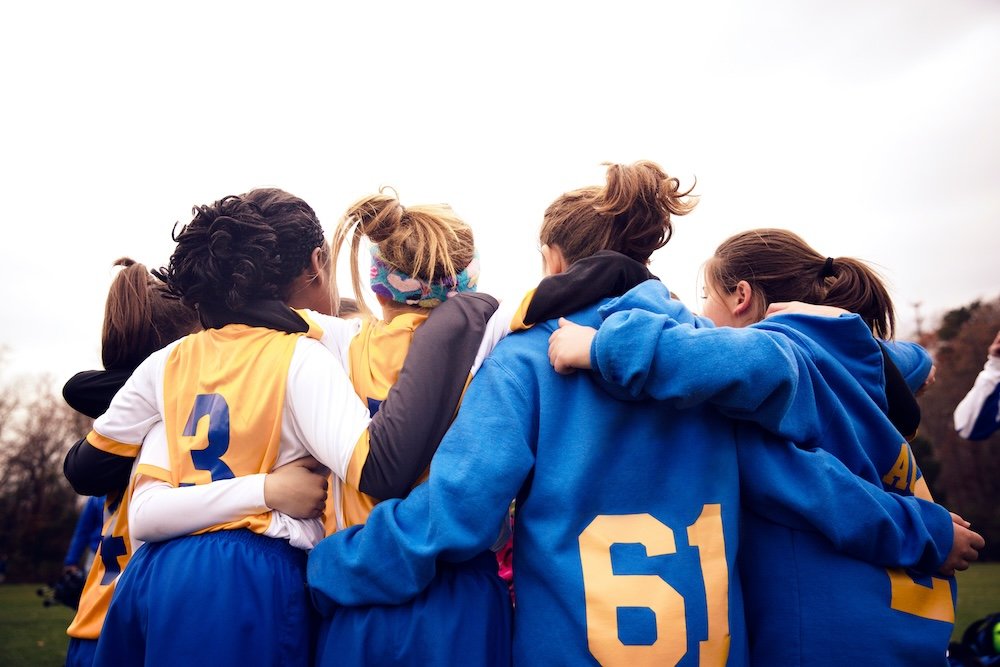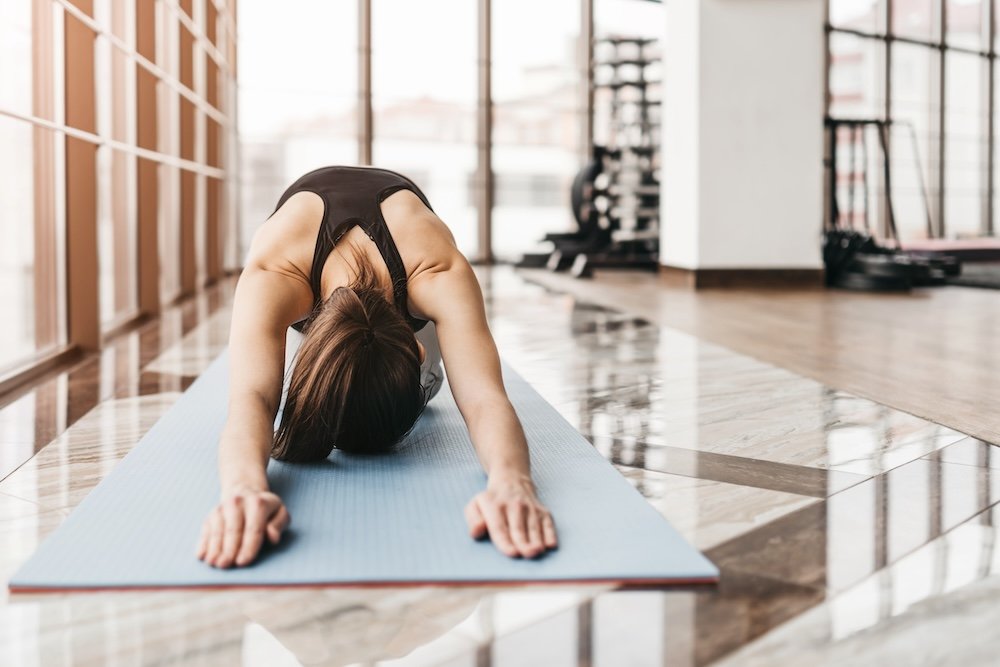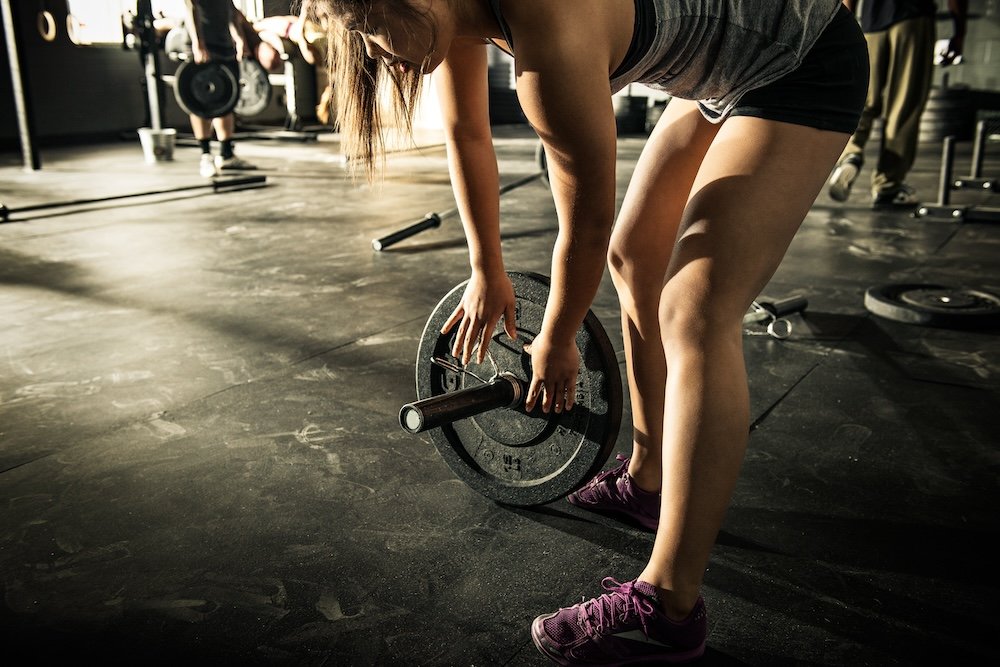Core Confidence Program
For the Young Female Athlete
What’s it all about?
The Core Confidence Program is a two-part workshop for female athletes, 14 yrs and older, who participate in competitive sports (any and all sports are welcomed). The athlete does not have to have any specific concerns or injuries to join. It is lead by a physiotherapist and is founded on evidence-based practice and theory.
The focus will be on the core and how we can support it to build strong female athletes. The core includes the breath, abdominals, deep back muscles AND the pelvic floor. It is dynamic and reactive. The program is designed to teach the athletes better connection and awareness of these areas, which are often forgotten in core training.
The program also provides age-appropriate education on different issues that can challenge athletes, even in youth, such as leaking, constipation and painful periods. The athletes will be given exercises and strategies they can use to help address and prevent these issues, and information on where to seek help if needed.
The goal of the program is to create a safe space to talk about these often embarrassing topics, empower the athletes to feel strong and connected in their bodies, and build strength from the inside.
Inspiration for starting the program
Laura Powers here, owner of Higher Function Women’s Health, physiotherapist and past competitive athlete. I have been working as a women’s pelvic health physiotherapist for 14 yrs now and so often women will say to me, “I wish I knew about this sooner.” I see women struggle with bladder leakage, constipation, prolapse, and pain for years. They wish they had known there was help sooner. They are also amazed to gain new awareness of their body, specifically the pelvic floor. I realized we have to start this conversation and education earlier in life! I hope to prevent some of the common issues that many women experience and not just wait until they are older to try and “fix” it.
From a personal side, I grew up as a competitive athlete, playing a variety of high school sports, rep basketball and volleyball, provincial volleyball and then on to varsity volleyball. As a competitive athlete, I experienced increasing demands on my body, as well as the pressures to perform, and balance school and a social life. It can be a lot as a teen!! I feel very blessed to have had amazing parents, coaches, and mentors but, not once did any one ever speak to me about this part of my training or body awareness. It wasn’t until I did my physiotherapy degree that I learned about the pelvic floor and the prevalence of problems that occur. Had I known about this prior would I have been a better athlete? I don’t know, but I do believe I would have had a better understanding and connection to my body and that is what I am hoping to pass on to these young athletes.
Research
A systematic review and meta-analysis conducted in 2020 found a prevalence rate of UI among female athletes to be about 25.9% in different sports, with SUI (leaking with impact, cough, sneeze etc) being the most common. Among that, volleyball players were found to have the highest UI prevalence rate of 75.6% Pires, T., Pires, P., Moreira, H., & Viana, R. (2020). Prevalence of Urinary Incontinence in High-Impact Sport Athletes: A Systematic Review and Meta-Analysis. Journal of human kinetics, 73, 279–288. https://doi.org/10.2478/hukin-2020-0008
A higher prevalence of SUI was found in adolescent female soccer athletes than those of similar age who did not play sport. Fernandes A, Fitz F, Silva A, et al. (2014). Evaluation of the Prevalence of Urinary Incontinence Symptoms in Adolescent Female Soccer Players and their Impact on Quality of Life. Occupational and Environmental Medicine, 71:A59-A60.
UI (urinary incontinence) early in life, as reported during elite sport, is a strong predictor of UI later in life. Bø, K., & Sundgot-Borgen, J. (2010). Are former female elite athletes more likely to experience urinary incontinence later in life than non-athletes?. Scandinavian journal of medicine & science in sports, 20(1), 100–104.
Children with Functional Constipation (FC) are more likely to have bladder symptoms than children without FC. van Summeren, J. J. G. T., Holtman, G. A., van Ommeren, S. C., Kollen, B. J., Dekker, J. H., & Berger, M. Y. (2018). Bladder Symptoms in Children With Functional Constipation: A Systematic Review. Journal of pediatric gastroenterology and nutrition, 67(5), 552–560.
An experimental study (2014) was conducted on volleyball players by randomly assigning them into two groups: experimental group (EG) and control group (CG). The EG received pelvic floor (PF) exercises that consists of awareness and identification of PF muscles as well as timed contractions, whereas the CG only received the pamphlet. At the end of three months, by using questionnaires, it was found that urine leakage was reduced in 45.5% of athletes in EG compared to 4.9% in CG, and a significant improvement in UI symptoms was found. Ferreira, S., Ferreira, M., Carvalhais, A., Santos, P. C., Rocha, P., & Brochado, G. (2014). Reeducation of pelvic floor muscles in volleyball athletes. Revista da Associação Médica Brasileira, 60, 428-433.
Program Outline
Goal of the sessions
Create a safe space to talk about topics that we may not normally be very comfortable talking about, ie. leaking and constipation
Educate about basic anatomy of the core and pelvic floor, different issues that can arise related to the pelvic floor and core, basic pain education related to injuries and periods, and who to speak to if there are issues.
Improve core control for sport
Explore new ways to move and gain new awareness of the body.
Introduction
Topics:
Core and pelvic floor (PF) anatomy
Function of core and PF and interaction between the rest of the body, and the athlete’s environment.
The Reactive system of the core and PF in sport
Issues that can present- leaking and constipation
Body scan exercise
Exercises:
Breathing exercises
Pelvic floor awareness
Core activation and awareness
Posture demonstrations
15-20 min core work out
Day 1 - 75 mins
Address questions from the first session
Topics:
Constipation, pain and periods
What is constipation and how to help it
Menses- What “normal” periods look and feel like
Definition of Dysmenorrhea and Endometriosis
Who to speak to if there are concerns about constipation and periods
Exercises to help with painful periods
15-20 min core exercises - progress from last session
Conclusion/Recap
NOTE: Athletes will receive a detailed outline of the information presented and links to the exercises. As well as a FREE 15 min virtual consult with the physiotherapist.
Day 2 - 75 mins
“How many people do something they really believe in? I just wish people would realize that anything’s possible if you try. Dreams are made if people try”
This project has been funded in part by bursaries offered by the Pelvic & Reproductive Health Division of the Canadian Physiotherapy Association




